
Bogus Sign at Bombay Beach
Well, now, it’s pushing it a bit to call it a civilization. The people who live on the eastern shore of the polluted Salton Sea live under difficult conditions. The temperature during the summer drives most of them away to cooler climes. Drinking water, especially for the communities of Slab City, Salvation Mountain, and East Jesus is problematic. To put it simply, there isn’t any.
According to the Wikipedia entry on the “Sea”:
The modern lake was formed from an inflow of water from the Colorado River in 1905. Beginning in 1900, an irrigation canal was dug from the Colorado River to provide water to the Imperial Valley for farming. Water from spring floods broke through a canal head-gate, diverting a portion of the river flow into the Salton Basin for two years before repairs were completed. The water in the formerly dry lake bed created the modern lake.
Currently, the Salton Sea is approximately 15 by 35 miles (24 by 56 km) in dimension, containing some 318 square miles (823.6 square km). For a short time, it was a popular tourist destination, until the combination of runoff of pesticides from Imperial Valley farmland to the south and blowing contaminated dust from the evaporating lake is turning it into California’s equivalent of the Dead Sea.

The Receding Salton Sea from Its Eastern Shore
The Salton Sea’s eastern shore has attracted an interesting breed of snowbird during the cooler months (if there are any there). Bombay Beach has been taken over by artsy types, along with Salvation Mountain. In Slab City and East Jesus, one is likely to run across people who are just trying to escape the pressures of modern life, even if thy have to sacrifice easy access to drinking water and the power grid.
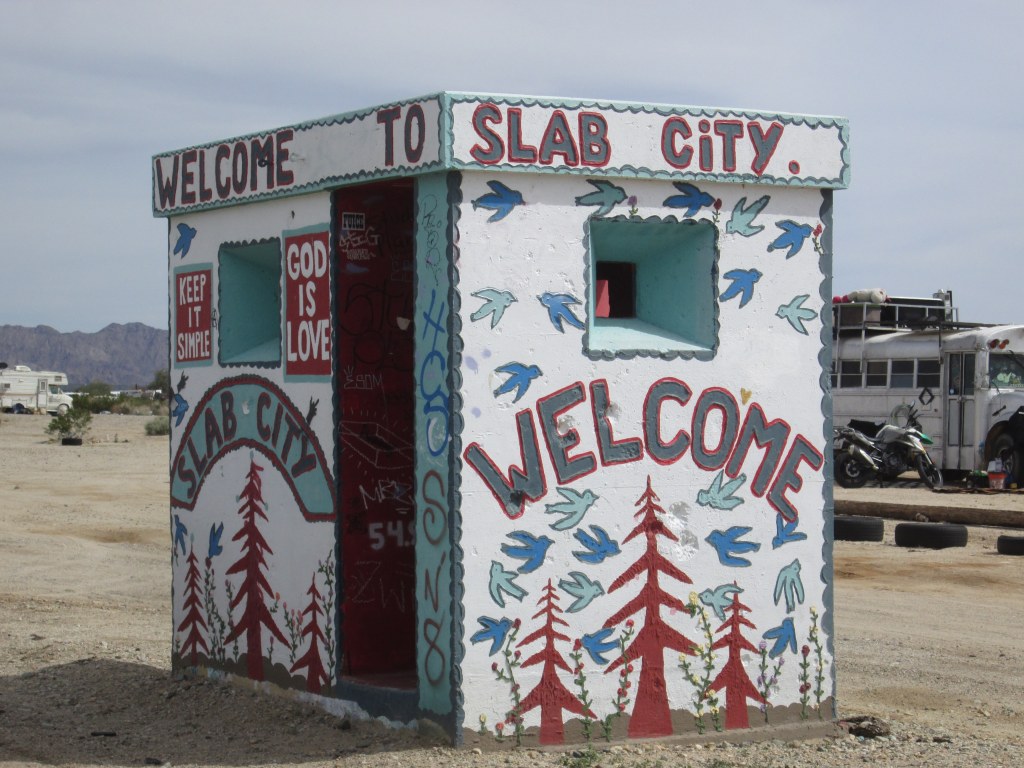

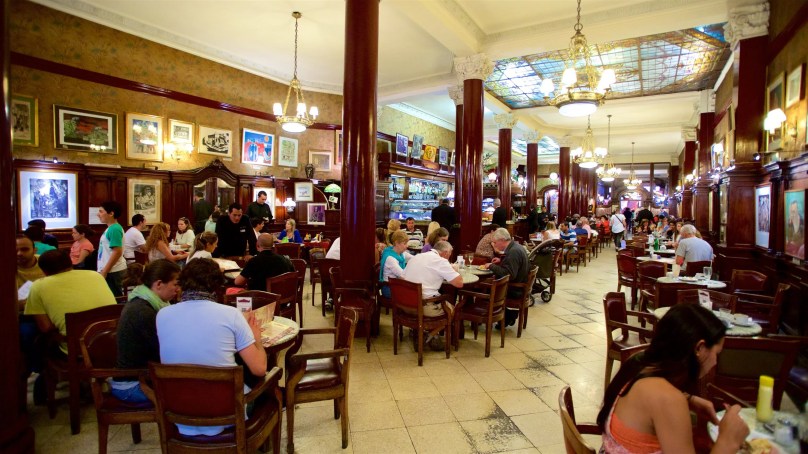
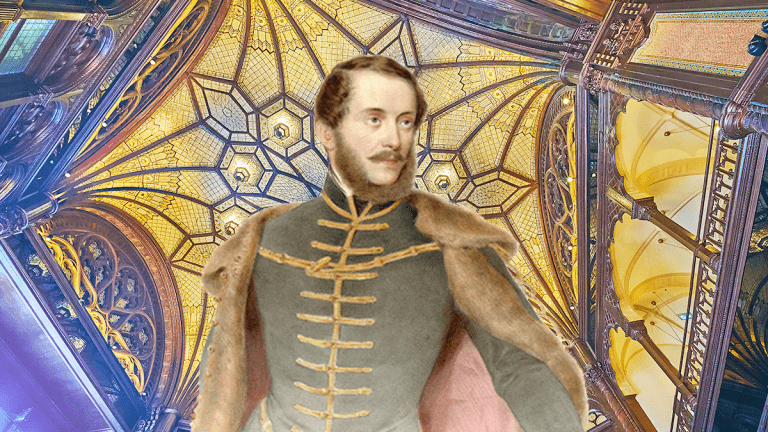
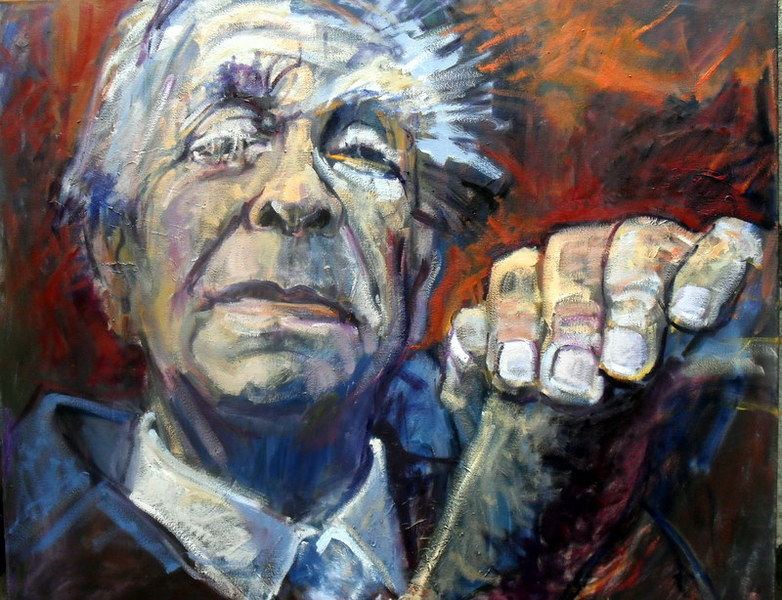

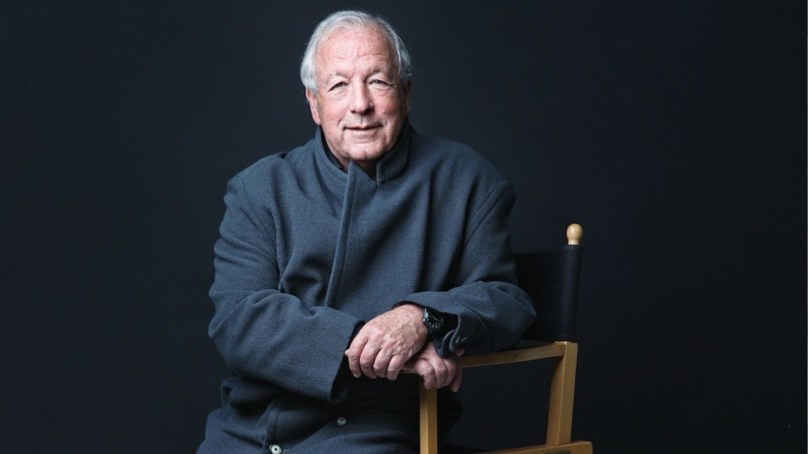
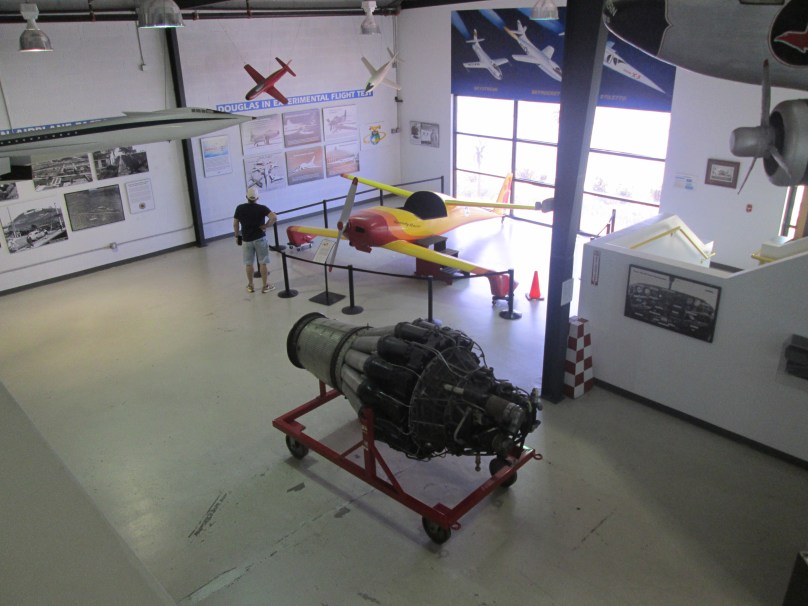
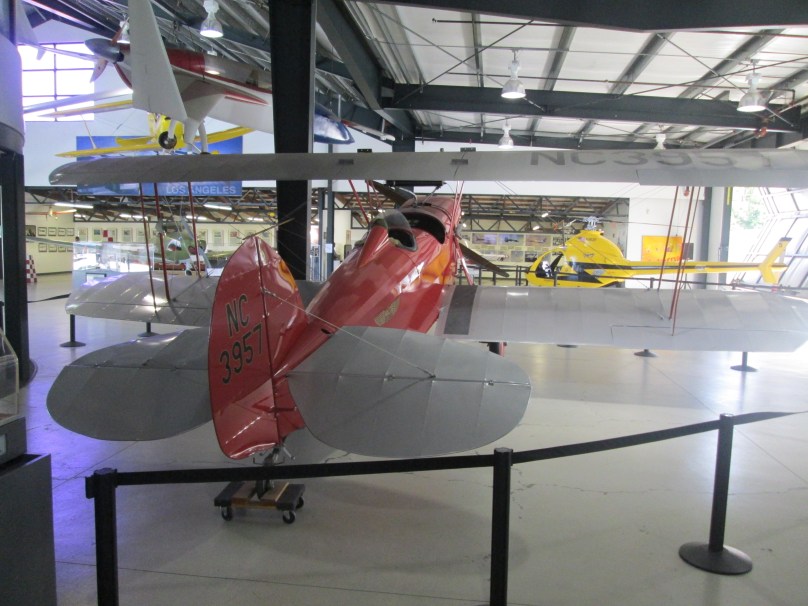
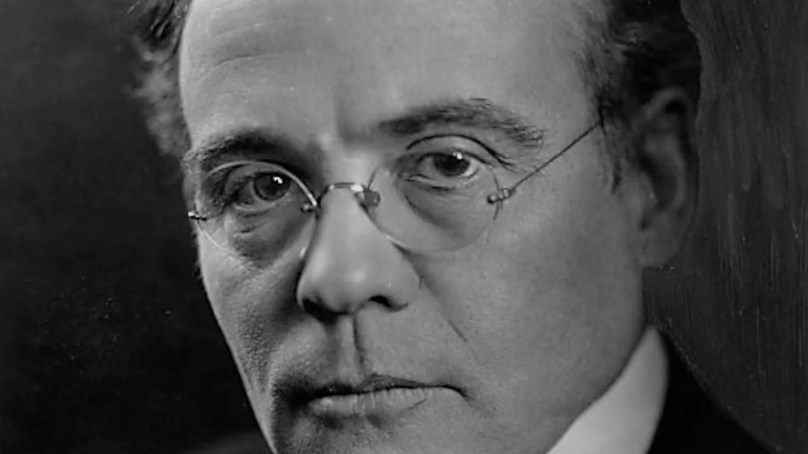
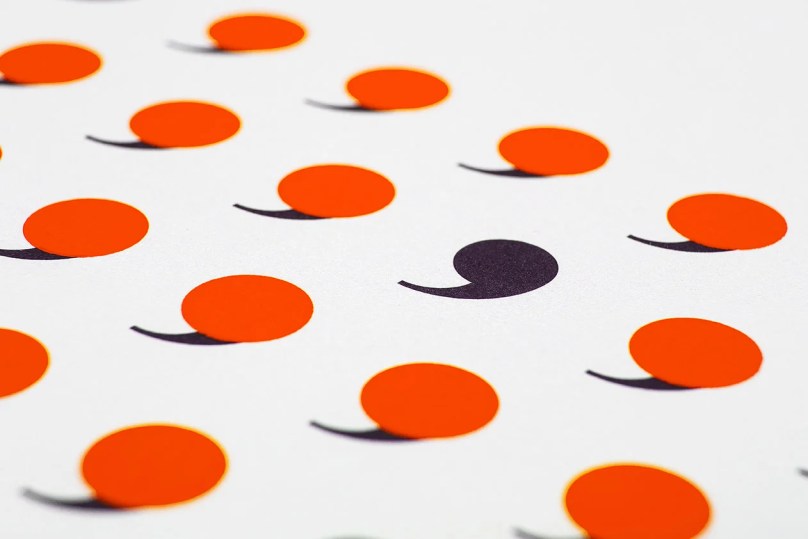

You must be logged in to post a comment.